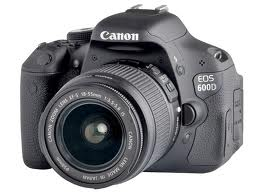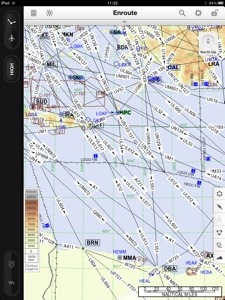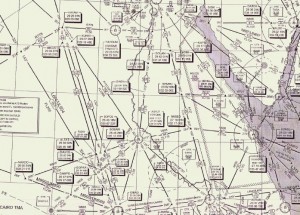A little background in flight planning for our non pilot friends. The weather is the main factor her and wind (mostly determining our speed over ground) and the the different types of clouds are most important. For planning our route, we have gotten to like a chart called “GRAMET” which is a prognosis based on a computer weather model (GFS) and giving an aeronautical weather forecast for a specific route.
The above example shows the GRAMET for our planned trip from Dubrovnik (LDDU) to Heubach (EDTH). As Heubach isn’t really of international relevance and does not have a weather station of its own, we selected Stuttgart (EDDS) as our destination — just around the corner.
On the picture you see the profile of the surface, showing that our journey starts at sea elevation (0 feet), leads us over the Alpa and later the Swabian Jura. The highest elevation is somewhere in the Alps at roughly 10,000 feet (3,300 meters).
The red dotted line represents the 0°C border. You can see how it moves lower as we get further north. Also you can see the different layers of clouds and their types. On the left you see a few towering cumuli, those are clouds of large vertical extent one tries to avoid due to strong up and down drafts — meaning turbulence. Also there is precipitation forecast in Dubrovnik. The green areas with the strange read symbol mean that there is danger of icing meaning there are water droplets with less than 0°C waiting for a Cessna to come so they can instantly freeze and stick to the leading edges. Not the best thing for us as we don’t have deicing equipment like airliners, meaning we cannot get rid of the ice and therefore get heavier and less aerodynamic and at some point would no longer be able to hold our altitude.
You can also see that for some areas we would expect clouds from the surface up to flight level 200. In principle, clouds are no problem but flying inside clouds for hours isn’t very entertaining and with one engine there is always the theoretical danger of a failure and being able to see the surface and finding an emergency landing spot is a great advantage.
All in all not the optimal weather. We should be able to take off avoiding the towering cumuli but with the Alps inside clouds a technical problem would turn into a huge problem. In addition to that icing on the north side of the Alps where at some point we’d have to descend for landing.
So we have to look at different route alternatives (for example going further west via Italy where the weather should be better), hope for a positive surprise or stay grounded tomorrow. The latter option isn’t the worst one considering the fantastic spa of our hotel (besides the fact that I’d have to visit it together with Achim).

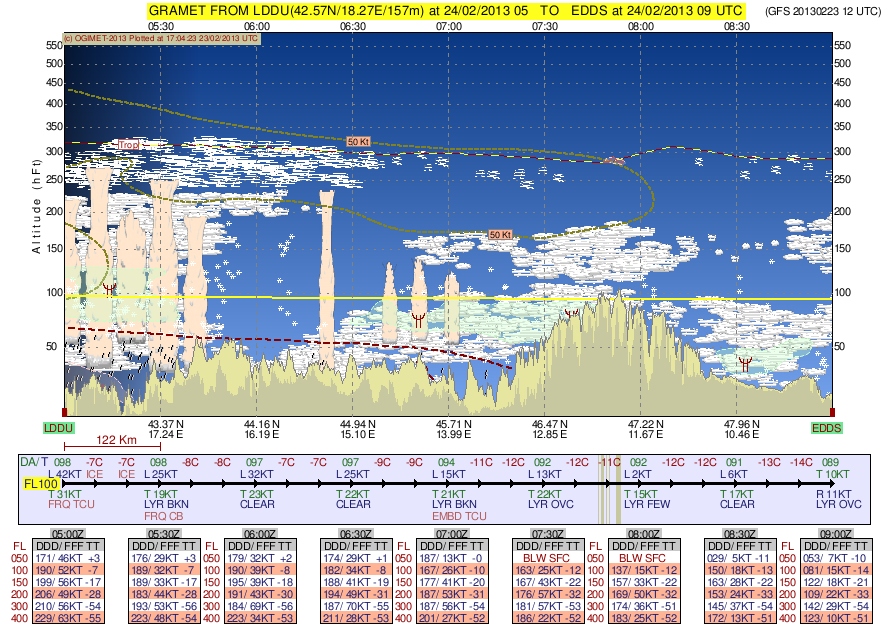
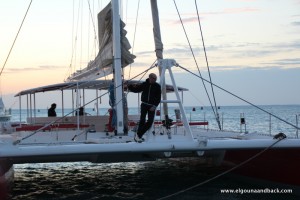
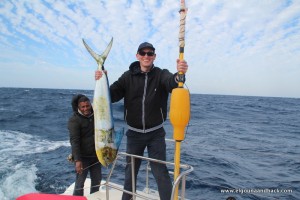
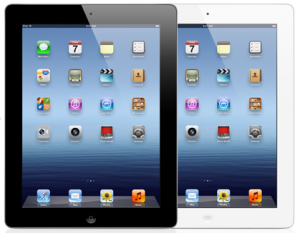
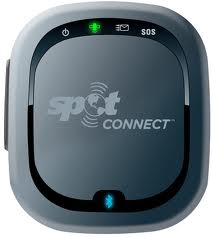
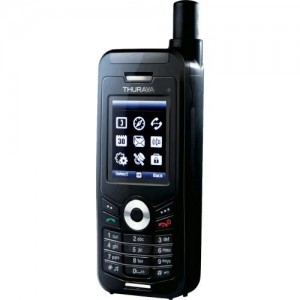 The Thuraya satellite phone allows for making phone calls in areas without mobile phone reception (e.g. in the air), send SMS and even emails. The charges when using it our outrageous so sorry mum, we're not going to call you to discuss the neighbor's cat. The Thuraya phone also acts as a wifi hotspot which lets us access the internet from our iPads in filght. This cannot be compared to your high speed flatrate at but but gives us the opportunity to send important messages, query current weather information and even make posts to this blog. It is all pretty new so there is no experience and at this point we do not know how well Thuraya will work in the cockpit.
The Thuraya satellite phone allows for making phone calls in areas without mobile phone reception (e.g. in the air), send SMS and even emails. The charges when using it our outrageous so sorry mum, we're not going to call you to discuss the neighbor's cat. The Thuraya phone also acts as a wifi hotspot which lets us access the internet from our iPads in filght. This cannot be compared to your high speed flatrate at but but gives us the opportunity to send important messages, query current weather information and even make posts to this blog. It is all pretty new so there is no experience and at this point we do not know how well Thuraya will work in the cockpit.

